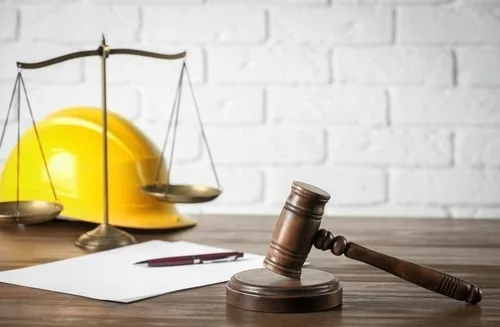Safety on construction sites is crucial due to the numerous hazards that workers encounter. It is essential for both employers and employees to have a comprehensive understanding of the legal regulations related to building safety and construction accidents. This blog will examine the legal considerations surrounding building safety, focusing on accident prevention and management.
Why Building Safety Matters
Building safety is crucial not only for the protection of workers but also for adhering to legal regulations. A variety of laws regulate safety in construction, including the Health and Safety at Work Act and the Construction (Design and Management) Regulations. These statutes require employers to perform comprehensive risk assessments, offer proper training, and maintain a safe working environment.
By taking a proactive approach to safety, employers can significantly reduce the risk of accidents. Conducting regular safety audits and training sessions helps ensure that workers are aware of potential dangers and are equipped with the knowledge to mitigate them. This responsibility not only meets legal obligations but can also significantly impact a company’s liability in the event of an incident. If you or a loved one has been involved in a construction accident, seeking the assistance of an Orange County construction accident attorney can help you navigate the legal complexities and secure the compensation you deserve.
Typical Causes of Construction Accidents
Several common factors contribute to accidents within the construction industry, including:
- Falls from Height: Falls are among the most frequent causes of injuries and fatalities on job sites. Workers may fall from scaffolding, ladders, or roofs due to insufficient safety measures.
- Equipment-Related Accidents: Heavy machinery, such as cranes and excavators, can be hazardous. Accidents often result from improper operation, inadequate maintenance, or insufficient training for operators.
- Electrical Hazards: The use of electricity on construction sites presents significant dangers if proper safety protocols are not observed.
- Being Struck by Objects: Workers are at risk of being injured by falling tools or equipment and moving vehicles on site. Effective site management and clear communication are essential to minimizing these risks.
Understanding these potential hazards is essential for implementing effective safety measures and ensuring compliance with legal standards.
Legal Responsibilities and Worker Rights
In the event of a construction accident, various legal responsibilities and rights come into play. Employers are legally required to provide a safe working environment for their employees. This includes supplying appropriate safety gear, offering training, and ensuring that the workplace is free from hazards. Failing to meet these responsibilities can result in significant legal consequences, including fines and liability claims.
Employees also have rights under health and safety legislation. They can report unsafe conditions without fear of retaliation and are entitled to receive proper training and necessary protective equipment. If an accident occurs due to negligence, workers may have the right to pursue a personal injury claim against their employer or any other parties involved.
Approaching Legal Claims
When an accident occurs on a construction site, navigating the legal system can be complex. Collecting evidence quickly, including photographs, witness accounts, and medical documentation, is crucial, as this information can be vital for establishing liability and supporting any legal claims.
Seeking the counsel of a legal professional with expertise in construction accident cases is advisable. They can provide essential guidance on the best course of action, whether filing a workers’ compensation claim or pursuing a personal injury lawsuit. A thorough understanding of construction law can greatly impact the outcome of a legal case.
Conclusion
Building safety is a fundamental concern in the construction industry, carrying significant legal implications for both employers and employees. By recognizing common accident causes, legal responsibilities, and workers’ rights, all stakeholders can collaborate to enhance safety on construction sites. Combining proactive safety practices with a solid understanding of legal obligations is essential for reducing accidents and safeguarding worker well-being. Ultimately, fostering a culture of safety is key to minimizing risks and ensuring compliance with the relevant legal standards in the construction sector.

